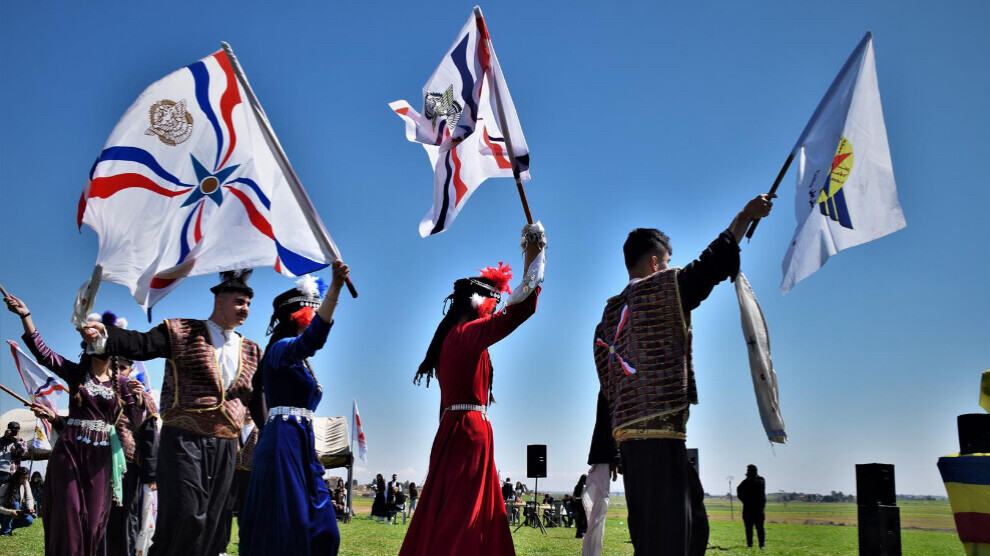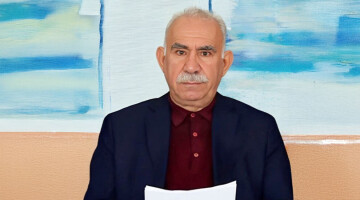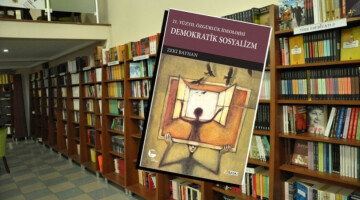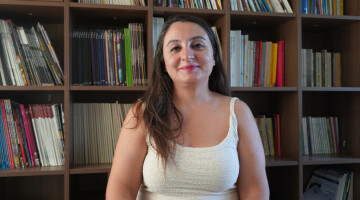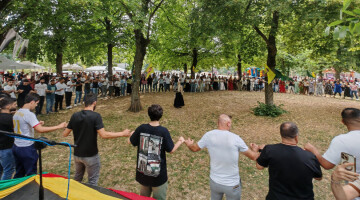Considered to be one of the oldest festivals in the world, Akitu was born in the fertile lands of Mesopotamia and has been celebrated by different civilizations for thousands of years. Symbolizing the arrival of spring, the awakening of nature and the beginning of a new year, the festival continues to be a sign of cultural identity, especially for Assyrian, Syriac and Chaldean communities. So how did the Akitu originate, what has been its journey through history and how is it celebrated today? Here is the story of this unique festival.
The birth of Akitu in Mesopotamia
The origin of the Akitu Festival dates back to the Sumerians, one of the most ancient civilizations in history. Derived from the Sumerian festival Zagmuk, which means the beginning of the year, Akitu was later developed in the Akkadian, Babylonian and Assyrian civilizations and became a tradition celebrated around the spring equinox (late March-early April). The festival, which emerged in Mesopotamia in connection with the life cycle of agricultural societies, was organized to celebrate the beginning of barley sowing and the revival of nature.
In Babylon, Akitu was a 12-day festival that culminated on the first day of April. During this period, the “Enuma Elish Epic” of Marduk, the chief god of Babylon, was recited in temples and the order of the universe was revived with rituals. The king would apologize on behalf of the people before the gods, prayers would be offered in the temples, and the statues of the gods would be carried to the Akitu temple (Bit Akiti) by the river. These ceremonies symbolized the departure of the gods from the underworld and their return to the earth with spring.
In Assyria, the festival was celebrated in honor of Ashur, the god of war, and ceremonies were held in special “Akitu houses” outside the city walls.
Historical transformation
The Akitu festival continued to exist after the collapse of Mesopotamian civilizations. Celebrations continued during the Seleucid Empire (312-63 BC) and the Roman Empire. For example, the Roman Emperor Elagabalus (218-222 AD), who was of Syrian origin, moved this holiday to Italy and organized celebrations in the name of the god Elagabal. However, the spread of Christianity and political turmoil in Mesopotamia overshadowed the prevalence of Akitu for some time. Yet Assyrian, Syriac and Chaldean communities have not forgotten this ancient tradition. As indigenous peoples of Mesopotamia, these communities kept Akitu alive as a new year and spring festival.
However, in the 20th century, most of the Assyrian, Chaldean and Syriac peoples were forced to flee their lands, especially due to the 1915 Seyfo Genocide and the conflicts in the Middle East in the following years. This diaspora expanded the geographical boundaries of Akitu and gave the spirit of the festival a global dimension. In Turkey, Akitu remained a quietly celebrated tradition for the Syriac community for many years. Throughout the 20th century, it was not allowed to be celebrated officially on the grounds of “security”, and the festival was often kept alive secretly in homes or among small communities.
Akitu today: A symbol of unity and hope
Today, the Akitu festival is celebrated around the world by the Assyrian, Chaldean and Syriac peoples, and is equally celebrated in northern and eastern Syria. The celebrations are usually limited to one day, unlike the 12-day festivals of antiquity. On April 1st, people come together to greet the awakening of nature. People dress in traditional clothes, sing songs in their mother tongue, dance and go out into the countryside to create a festive atmosphere.
In some areas, women make garlands of flowers and hang them on the doors of their homes. This tradition, known as “Deqna Nissan” (April's Beard), symbolizes the abundance of spring. Akitu is seen as an expression of social solidarity and hope. Despite the wars in the Middle East, it continues to be a force that unites peoples.
Freely celebrated in Rojava after the revolution
Akitu has both religious and cultural significance in North and East Syria, especially in the Cizîrê Canton, where Assyrians and Syriacs live in large numbers. Before the Rojava Revolution, under the Baath regime, the celebration of the festival was under strict control and often banned. However, since 2012, the Autonomous Administration has adopted a policy of supporting the cultural freedoms of Syriac, Kurdish, Arab and other peoples.
Although the Syriac and Assyrian communities in the region faced oppression and migration throughout history, they have been able to celebrate this holiday freely since the Rojava Revolution (2012). Thanks to the Autonomous Administration's emphasis on multiculturalism, Akitu is no longer a Syriac festival, as it is also shared with other peoples in the region. Neighboring communities such as Kurds, Arabs and Turkmens also participate in the celebrations and show solidarity.
The Democratic Autonomous Administration of North and East Syria recognizes Akitu as an official holiday. Preparations before the holiday are coordinated by the Syriac Union Party. These preparations include determining the schedule of events, decorating venues and organizing mass celebration areas. This year, Akitu will be celebrated on April 1 in Girşêran village of Tirbêspiyê, Werdiyat village of Til Temir and Hekmiyê village of Dêrîk.
To be celebrated for the 6,775th time this year
The Akitu festival will be celebrated for the 6,775th time this year. It is not only a celebration of the new year, but also a reflection of the struggle of the Assyrian, Chaldean and Syriac peoples to preserve their identity. Celebrating the resurrection of nature with the arrival of spring, this festival represents the desire for peace, fertility and a new beginning.
As one of the oldest traditions in human history, Akitu has a legacy that stretches from the ancient lands of Mesopotamia to the whole world. Those who celebrate Akitu every April 1st repeat a message from the depths of history: “Nature awakens, hope flourishes.”

